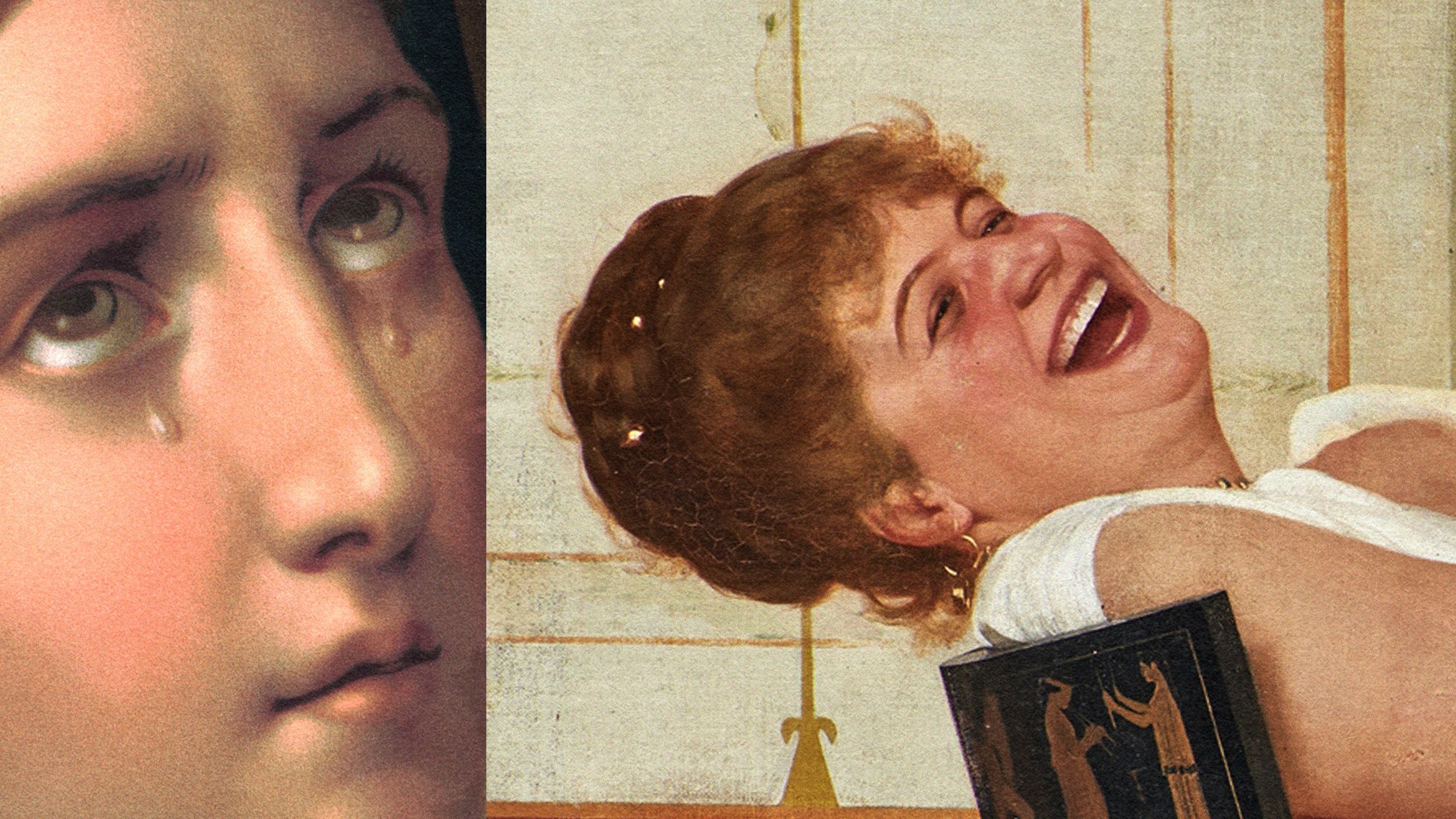How to tailor various ‘anxiety-reducing’ techniques to better suit your own needs

Image by Benjavisa Ruangvaree Art on Shutterstock
- Mindfulness is typically described as the ability to become more aware of your physical, mental, and emotional well-being at the present moment, without any negative perceptions.
- In a 2019 UK-based study, participants who tailored various self-help practices to fit their individual circumstances and anxieties found them much more beneficial after as little as 5 minutes per day.
- Different mindfulness techniques fit well together – here, we take a look at how to tailor various combinations to suit your individual needs.
Achieving peace of mind through various mindfulness techniques is easier than you think. Photo by Coompia77 on Shutterstock
What is mindfulness?
While there is currently no universally accepted definition for mindfulness (as it can vary depending on each person’s definition of mindfulness or how to achieve it), the general idea associated with mindfulness is that you become more aware of your physical, mental, and emotional well-being at the present moment.
A 2019 study assessed how MBIs have been applied successfully across different populations of people, reaching a conclusion that even brief exposure (as little as 5 minutes a day) can impact numerous health-related incomes such as anxiety, depression, stress, and cognitive outcomes.
Some examples of MBIs include:
- Yoga
- Meditation
- Progressive muscle relaxation
- Breathing exercises
- Guided imagery practices
Mental health professionals suggest that through mindfulness practices, we can separate ourselves from negative thoughts, emotions, and bodily sensations that revolve around the daily stresses in our lives. This kind of separation allows us to gain perspective and find it easier to address the issues we’re facing.
Combine multiple techniques to achieve the best results.
While anxiety patients generally pick one type of MBI and test it, switching to another if that one is unsuccessful, research shows that psychological stress-management techniques like these are best in combination with each other instead of one by one. In 2019, a separate study by UK-based researchers Xu Wang, Connie Smith, Laura Ashley, and Michael E. Hyland looked at the impact of tailoring specific mindfulness-based interventions to each individual in their study of stroke survivors struggling with anxiety.
Based on the results, two things are clear:
- After the participants tailored these self-help practices to fit their individual circumstances and anxieties, they were perceived as more acceptable, user-friendly, and beneficial.
- In order for these mindfulness techniques to be most beneficial, they should be practiced once per day.

Focusing on your breathing is a critical part of most MBI practices. Photo by fizkes on Shutterstock
Mindful breathing and meditation
Pausing and taking a few deep breaths is a good way to get a handle on your emotions, but in order for mindful breathing exercises to really work, research suggests you pay attention to the physical senses as well.
In this beginner’s guide to meditation, it’s suggested to “follow your breath” for two minutes before really anchoring yourself in a meditation session. Naturally, your mind will wander. Take note of the distraction but don’t let it consume you.
Simply ignoring the outside world to try to focus on your breathing will only create more distractions. Instead, allowing yourself to be aware of your physical surroundings will make it much easier to eventually tune those things out and focus on your breathing.
Yoga and mindful breathing
Simply “going through the motions,” as many do when following a yoga tutorial on Youtube or practicing something they read about online, isn’t nearly as impactful as allowing the natural flow of yoga and breathing to carry you into a calm state of mind.
Research supports the idea that yoga, in combination with mindful breathing techniques, can improve physical and mental health through regulating the hypothalamic-pituitary-adrenal (HPA) axis, which is our central stress response system.
Progressive muscle relaxation, mindful breathing, and guided imagery
Progressive muscle relaxation is the technique where you tense a group of muscles as you breathe in and relax that group of muscles as you breathe out. It incorporates mindful breathing, but guided imagery practices can take this anxiety-reducing technique to the next level.
Progressive muscle relaxation looks like this:
- Breathe in, tensing the first muscle group hard, but not hard enough to cause discomfort or cramping, for a maximum of 10 seconds.
- Breathe out, completely relaxing the muscle group suddenly. This shouldn’t be a gradual release, it should be a quick release.
- Relax for a maximum of 20 seconds before moving onto the next muscle group.
A breakdown of muscle groups and how-to instructions for muscle relaxation can be found via the University of Michigan’s Health Library website. It’s important to do this technique in the correct muscle group order to allow yourself to benefit from the experience.
Once you’ve completed this technique a few times and feel familiar with how it goes, adding guided imagery practices can help you work on your timing and release/relaxation moments can become more impactful.





